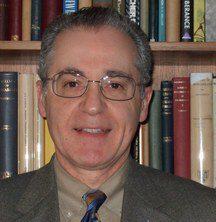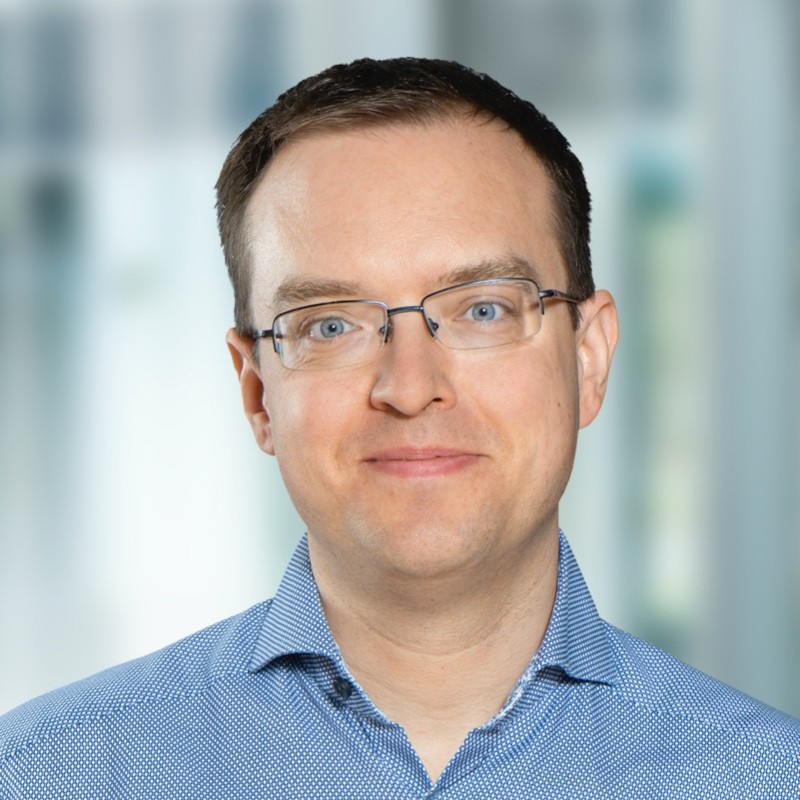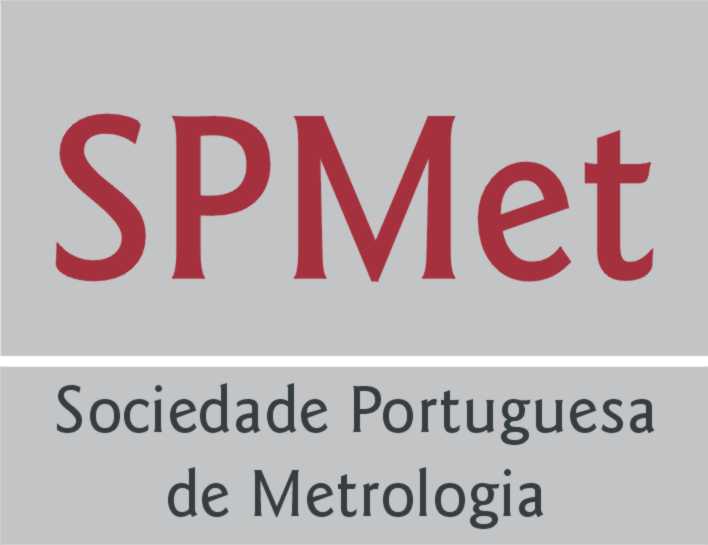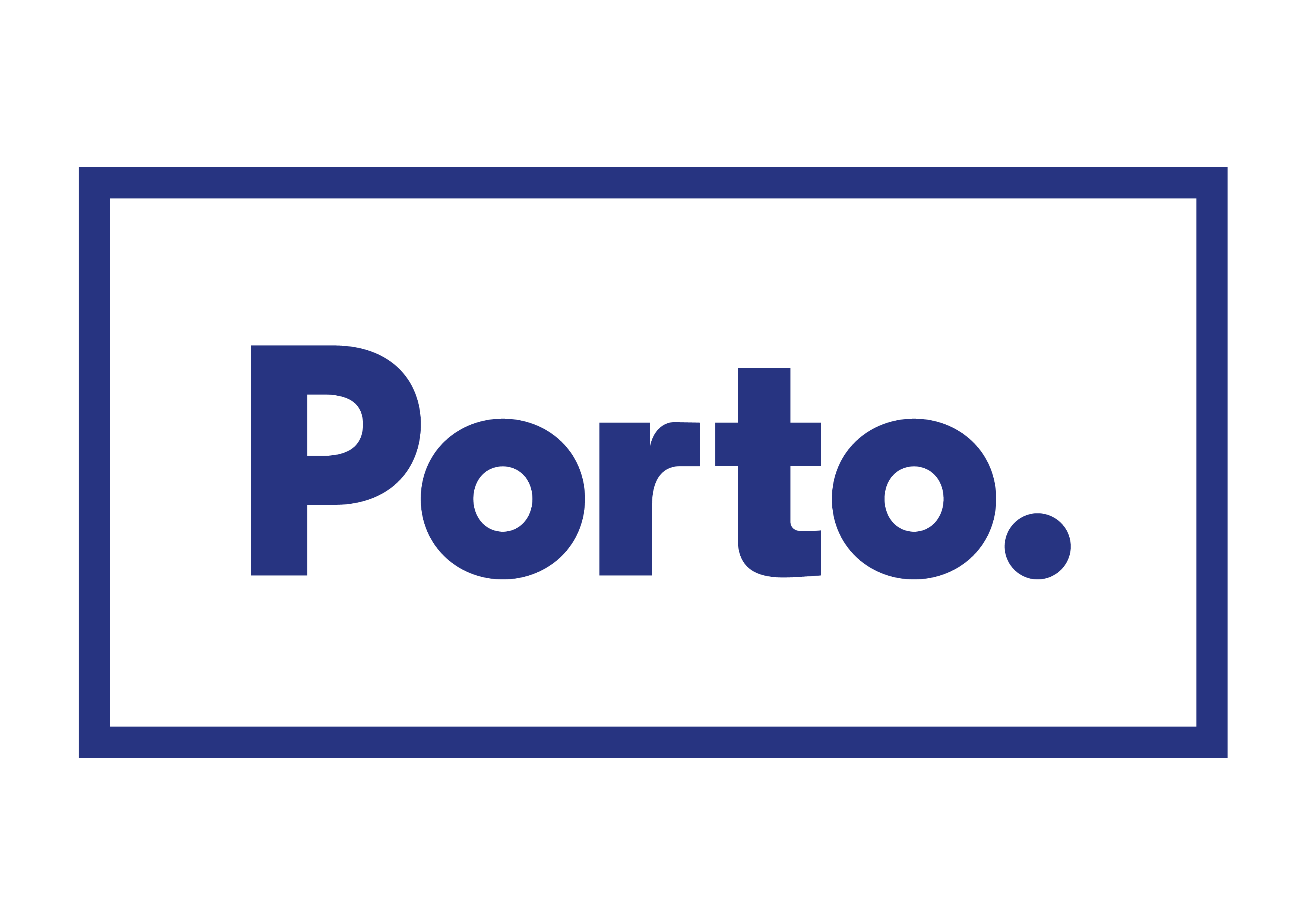Plenary session

The plenary sessions speakers are:
 |
Antonio Possolo (NIST, USA)
TITLE: NIST Decision Tree for Key Comparisons in Measurement Science and for Meta-Analyses in Medicine
Chair: Álvaro Ribeiro
|
|
ABSTRACT: The NIST Decision Tree, available at https://decisiontree.nist.gov, makes recommendations for how to model and reduce the measurement results obtained in key comparisons (and interlaboratory comparisons generally) conducted in measurement science, and in meta-analyses carried out in medicine.
The presentation will illustrate applications of the NIST Decision Tree to key comparisons involving measurements of the mass fraction of nickel in bovine liver (CCQM-K145), and of the equivalent activity of zinc-65 (BIPM.RI(II)-K1).
The meta-analysis of the effect of rosiglitazone (Avandia) on the risk of myocardial infarction, in the breakthrough study that Steven Nissen and Kathy Wolsky published in the New England Journal of Medicine in 2007, will be revisited to illustrate the application of conventional statistical procedures, and also as an example of model selection aided by the NIST Decision Tree.
|
|
BIO: Antonio Possolo is a NIST Fellow and the Chief Statistician of the National Institute of Standards and Technology (NIST, USA), whose practice of statistics in the course of the past 45 years includes engagements in academia (Princeton Univ., Univ. of Washington in Seattle, and Georgetown Univ.), industry (Boeing and General Electric), and government. He holds a PhD in statistics from Yale University, and a Licentiate in Geology from the Classical University of Lisboa (Portugal). Among his high-school teachers at Liceu Normal de Pedro Nunes, also in Lisboa, there were the mathematician Jaime Leote, and the physicist Romulo de Carvalho (better known as the poet Antonio Gedeao).
|
 |
Sascha Eichstädt (PTB, Germany)
TITLE: Metrology in the digital age: aspects of a quality infrastructure for data and algorithms
Chair: Alistair Forbes
|
|
ABSTRACT: Digital transformation is challenging metrology and its role in the quality infrastructure. In addition to the ongoing evolution of measuring instruments, novel application areas and the transition to a “digital-first” principle require new approaches and technologies. Several national and international organizations are thus preparing and implementing digital transformation strategies to address the novel challenges. In this contribution we outline some important aspect in these developments that illustrate the revolutionary character of the digital transformation and the complexity of its implications for the quality infrastructure. As examples we consider the transition from a human-centric, document-based point of view to a document-less digital quality infrastructure as well as the transition from a measurement instrument point of view to a systems metrology perspective.
|
|
BIO: Sascha Eichstädt is the head of the Physikalisch-Technische Bundesanstalt (PTB) department “Metrology for digital transformation”. He received his Diploma in Mathematics in 2008 at the HU Berlin, and his PhD in Theoretical Physics in 2012 at the TU Berlin. From 2008 to 2017 he joined the group “Mathematical modelling and data analysis” at PTB. His main research areas are signal processing and sensor networks.
|
 |
Alistair Forbes (NPL, UK)
TITLE: Metrological traceability and the quality infrastructure
Chair: João A. Sousa
|
|
ABSTRACT: The SI reduces the scope for confusion and chaos by providing clarity about the concepts of measurement units, traceability and uncertainty. In particular, metrological traceability requires an unbroken, documented chain of calibrations linking to primary references. The documentation is represented by calibration certificates, a semi-structured record of the calibration experiment. In principle, associated with each traceability chain is a corresponding chain of calibration certificates, establishing the link to the relevant primary references. In current practice, most of the documentation is paper based, authenticated by signatures, headed paper and stamps. In this talk we discuss progress in ensuring that all steps in the traceability chain are quality-assured and machine-actionable, in particular those elements that depend on models, algorithms, and numerical software are principled, transparent, explainable and interpretable. In particular, we look at how computer programming languages are evolving to ensure that all model constraints including those relating to dimensions and units are automatically respected in scientific computation.
|
|
BIO: Since joining the National Physical Laboratory (NPL) in 1985, Alistair Forbes has carried out research in mathematical and statistical modelling, algorithm design, uncertainty evaluation, numerical software development and validation with applications to metrology in physical and environmental sciences. He is a Fellow in the Data Science Department at NPL and his current research interests include: Mathematical and statistical modelling, Bayesian inference, uncertainty evaluation and decision making, sensor networks and data fusion, Gaussian processes; Measurement systems, coordinate metrology and quality engineering; Computational science: numerical analysis and scientific computing, scientific software validation; Data provenance and curation, knowledge representation and reasoning. He is a Visiting Professor at the University of Huddersfield and at the University of Strathclyde, UK.
|



